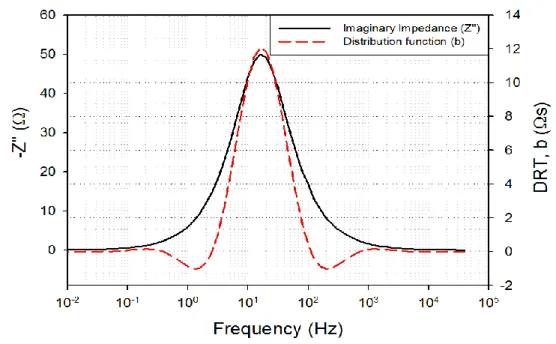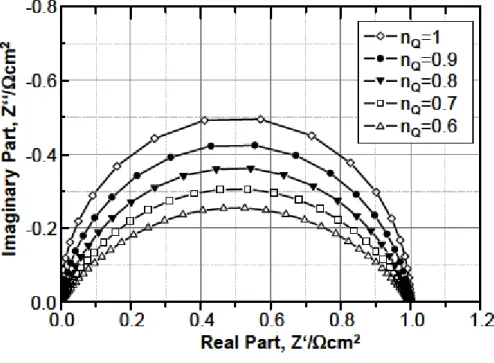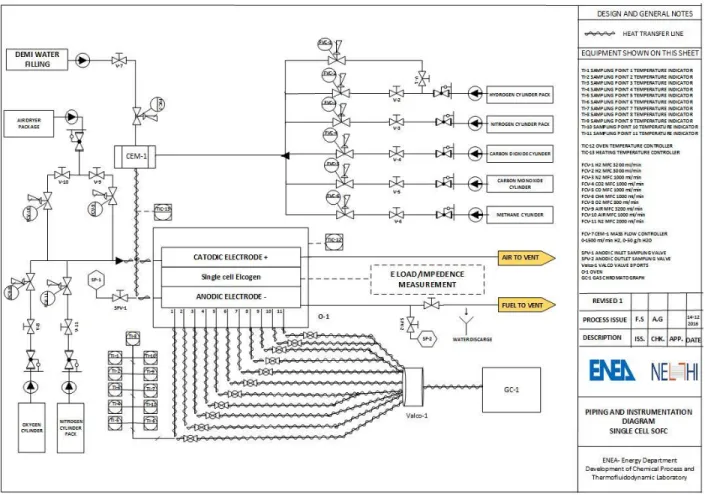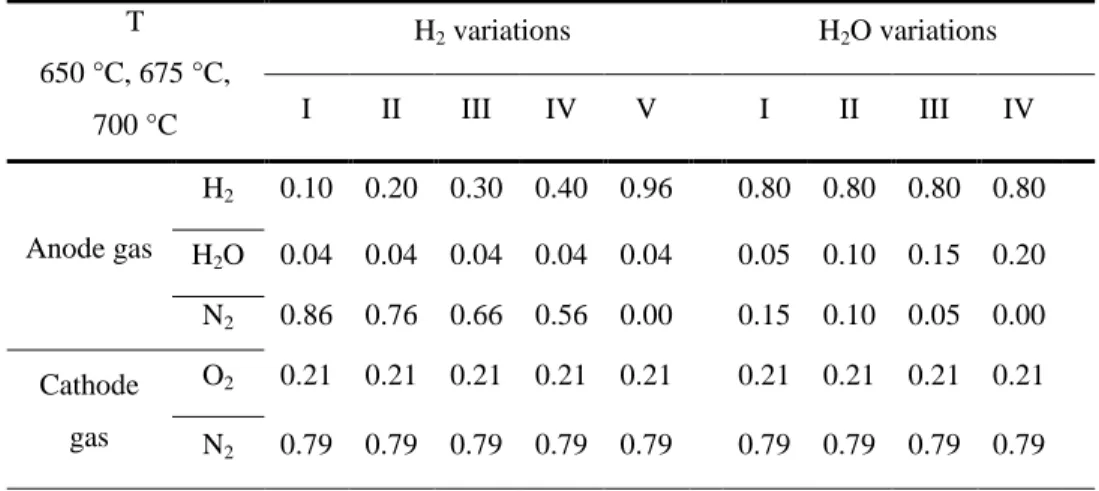Intermediate temperature solid oxide fuel cells fed with syngas: an evaluation of electrochemical phenomena
Testo completo
Figura

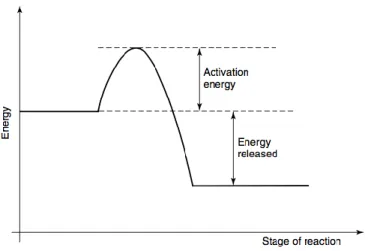
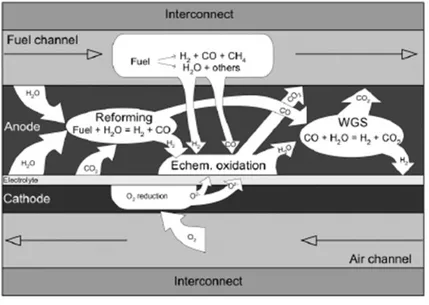

Documenti correlati
In modern Astrodynamics and Celestial Mechanics, thanks to the rise of interplanetary exploration that has brought a renewed interest in Lambert’s problem, it has application mainly
In this work, a one dimensional dynamic model of the cell was applied to rationalize the polarization behavior and the EIS results of SDC-electrolyte supported IT-SOFCs, tested
Eq. A thoroughly study of performances of Prussian Blue in presence of different cations was carried out. It has been demonstrated that the PB electrochemical activity is supported
Replicative senescence of human bone marrow and umbilical cord derived mesenchymal stem cells and their differentiation to adipocytes and osteoblasts.. Silencing of RB1 but not
There- fore an important development of the present work would be represented by the implementation of the developed algorithms on GPU-base hardware, which would allow the
Electrochemical tests of a single SOFC were performed for reference solid button oxide fuel cells (Fuel Cell Materials, USA).. The aim of these investigations
A complete archaeomagnetic study was carried out as part of a rescue archaeological excavation on a kiln discovered during the installation of methane gas
Urine neutrophil gelatinase-associated lipocalin (uNGAL) and kidney injury molecule-1 (KIM-1) are closely correlated with the severity of kidney injury, representing

